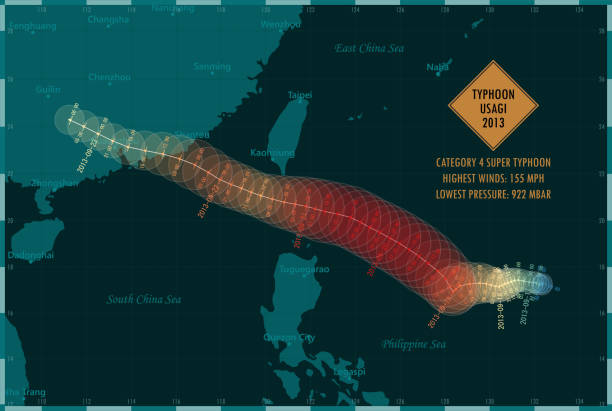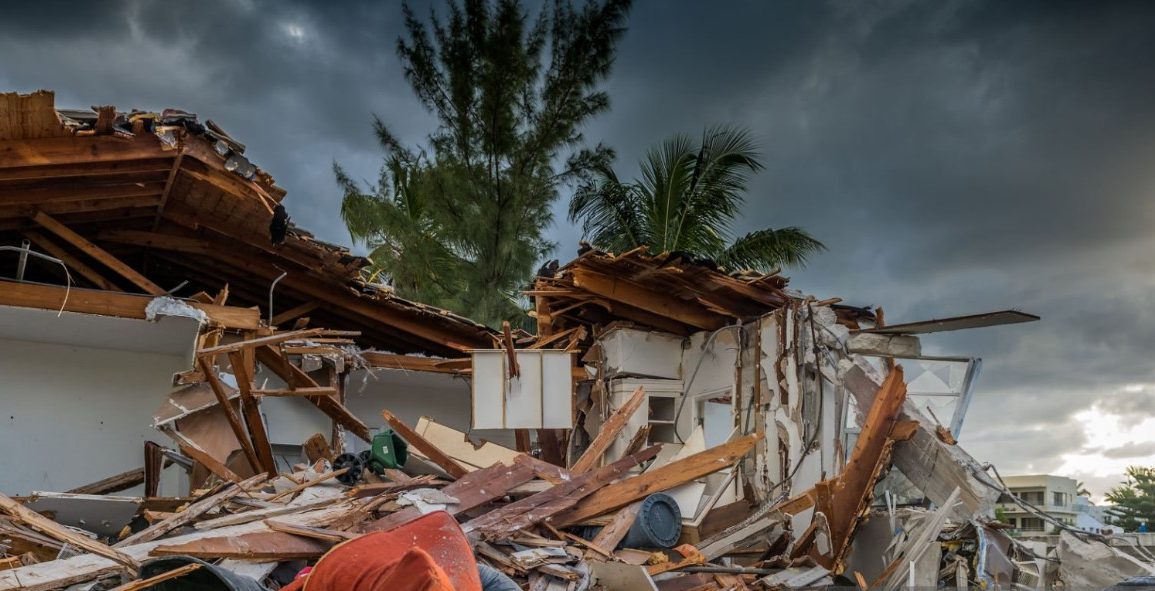The Philippines is once again bracing for severe weather, as the fifth storm in just three weeks, Tropical Storm Usagi, approaches the nation’s northeast coast.
While the impact of the previous storm, Typhoon Toraji, was relatively limited with no reported fatalities, Usagi is expected to be more intense.
As of Tuesday, Usagi’s winds have reached 75 km/h and are anticipated to strengthen into a typhoon by Thursday, with coastal areas likely to experience large waves.
In preparation for the storm’s landfall, authorities have already evacuated over 32,000 people from vulnerable regions in the northern Philippines.
This comes just weeks after Severe Tropical Storm Trami, Typhoon Yinxing, and Super Typhoon Kong-rey wreaked havoc, collectively claiming 159 lives.
Trami, in particular, caused deadly flash floods and landslides, making it one of the most devastating storms in recent memory.

Fortunately, the damage from Toraji was less severe, with only minor flooding and no casualties reported.
As Usagi approaches, maritime safety warnings have been issued, advising small boats and seacrafts to stay in port due to the escalating wave conditions.
Meanwhile, the government has been working to restore normalcy by repairing damaged infrastructure and clearing debris caused by earlier storms.
Despite power outages in 29 towns, authorities have managed to reopen ports and allow students to return to school across nearly 600 towns.
This latest storm is a stark reminder of the increasing frequency and intensity of tropical storms in the region, exacerbated by climate change.
Studies have shown that storms are forming closer to coastlines, strengthening more quickly, and persisting longer over land.
With around 20 major storms striking the Philippines each year, the country’s resilience continues to be tested by the persistent threat of natural disasters.

